Flying used to be classy. Ask anyone over 50. They’ll tell you about how their mothers slicked down their hair, tucked their shirts in and shined their shoes before boarding Pan Am. Everyone aboard the plane dressed up like they were going to services or grandma’s birthday.
Nowadays you are lucky to sit next to someone who isn’t wearing some form of sweats, flannel or rain-stained moccasins. When toddlers are the only people on planes content with the amount of legroom, it is understandable why people would dress to be as comfortable as possible. U.S. Airways even has a policy asking passengers in first-class to sport business casual attire — not sneakers, jeans or t-shirts.
Two black men, brothers returning home after a funeral, were dressed in sneakers, jeans and t-shirts were asked to change their clothing just before their tried to board their flight. The men bought discount first-class tickets through a family friend and employee of U.S. Airways. They returned to the gate and noticed a white man in first class wearing cuffed jeans and a hoodie and a Filipino man wearing a similar outfit. The men are now taking U.S. Airways to federal court for discrimination.
Is this a real policy? If attire really was an issue for first-class flyers, then these men should have been notified of it when they booked their tickets. If it was an actual priority for U.S. Airways, first-class passengers would all be privy to the dress code. The baggage checks employees would have even caught this when the two men showed their boarding passes. Because two people were able to board the airplane wearing equally informal clothing, and especially because neither of the was black, the brothers’ discrimination case becomes legitimate. It’s really starting to look as if these men were profiled foremost by their race.
Clothes should not have any bearing on strengths as a person. Not everyone can afford to dress business casual daily, especially when two-thirds of the passengers aboard a plane are dressed in more sweats than a college campus during finals. Sure, there are instances when dressing up is the appropriate option, but even then, your appearance doesn’t land you the job or that valuable connection — it is all about your experience and how well you carry yourself. These men did buy their tickets through a U.S. Airways employee, but they do not represent the company when they board the plane. Airlines are not judged by their clientele, they are judged by the way they treat passengers.

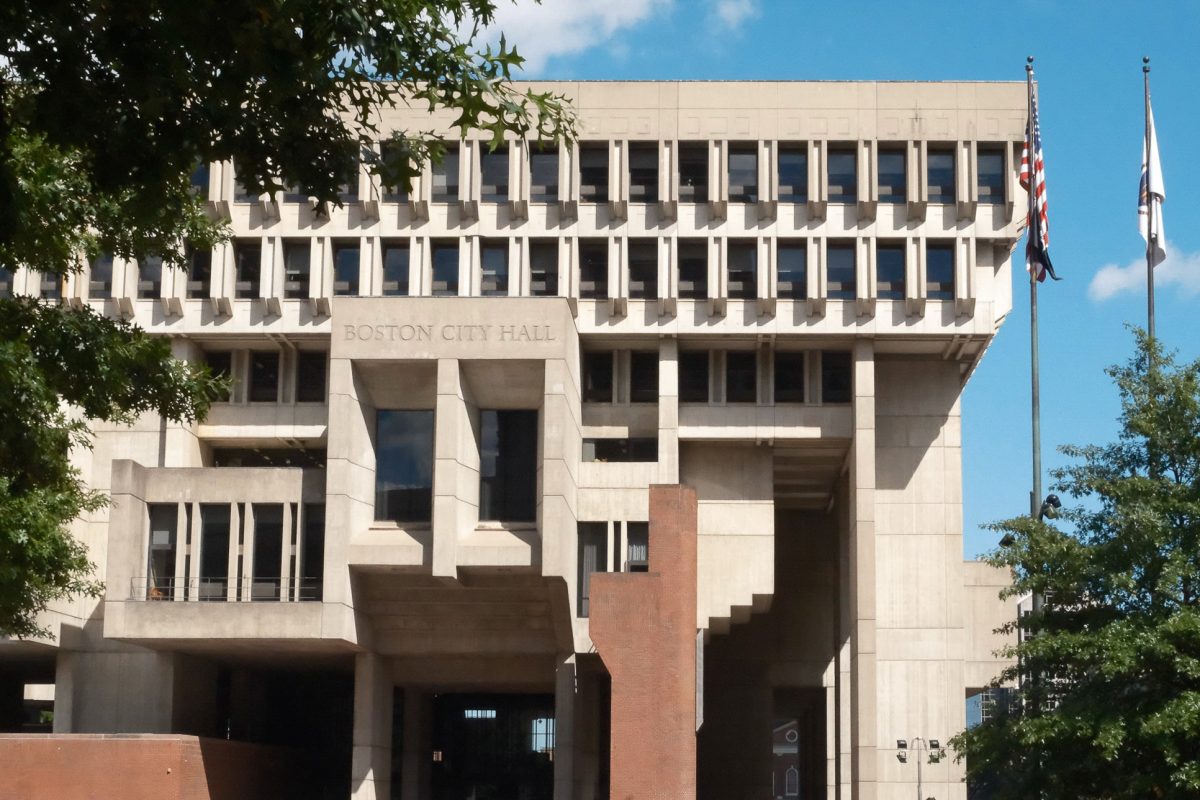



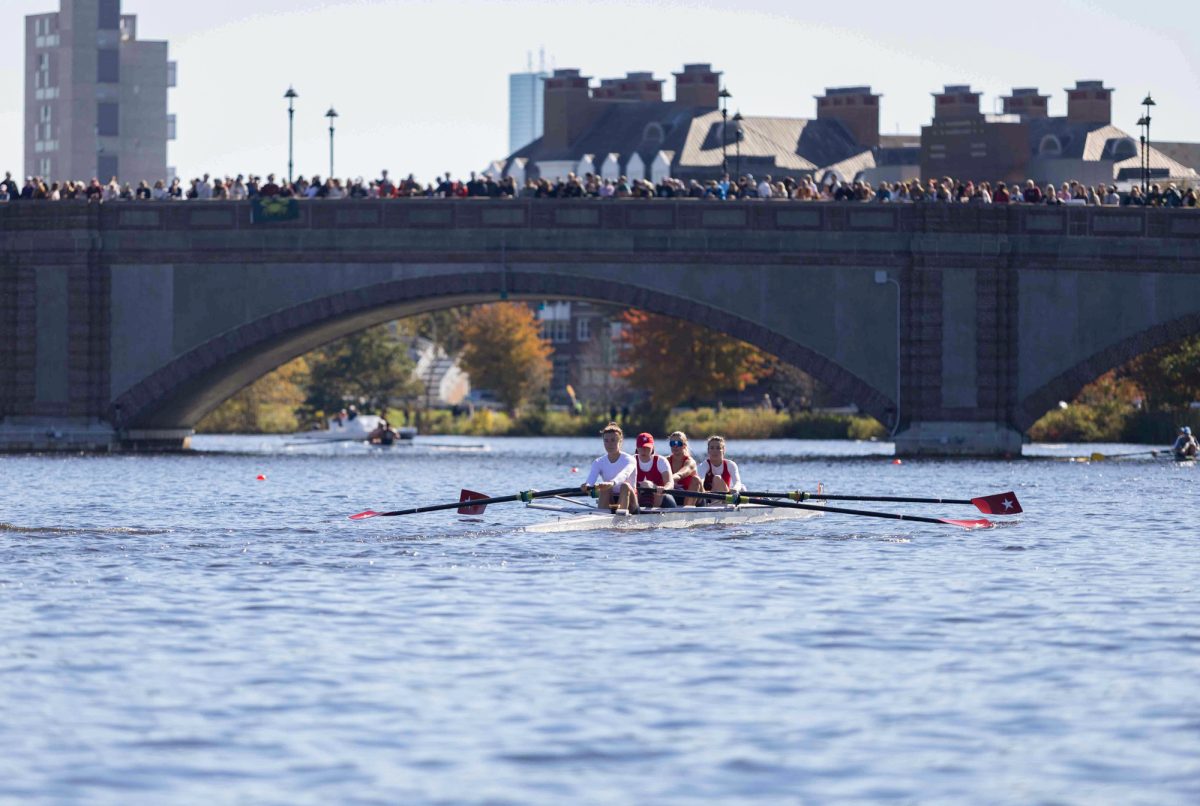





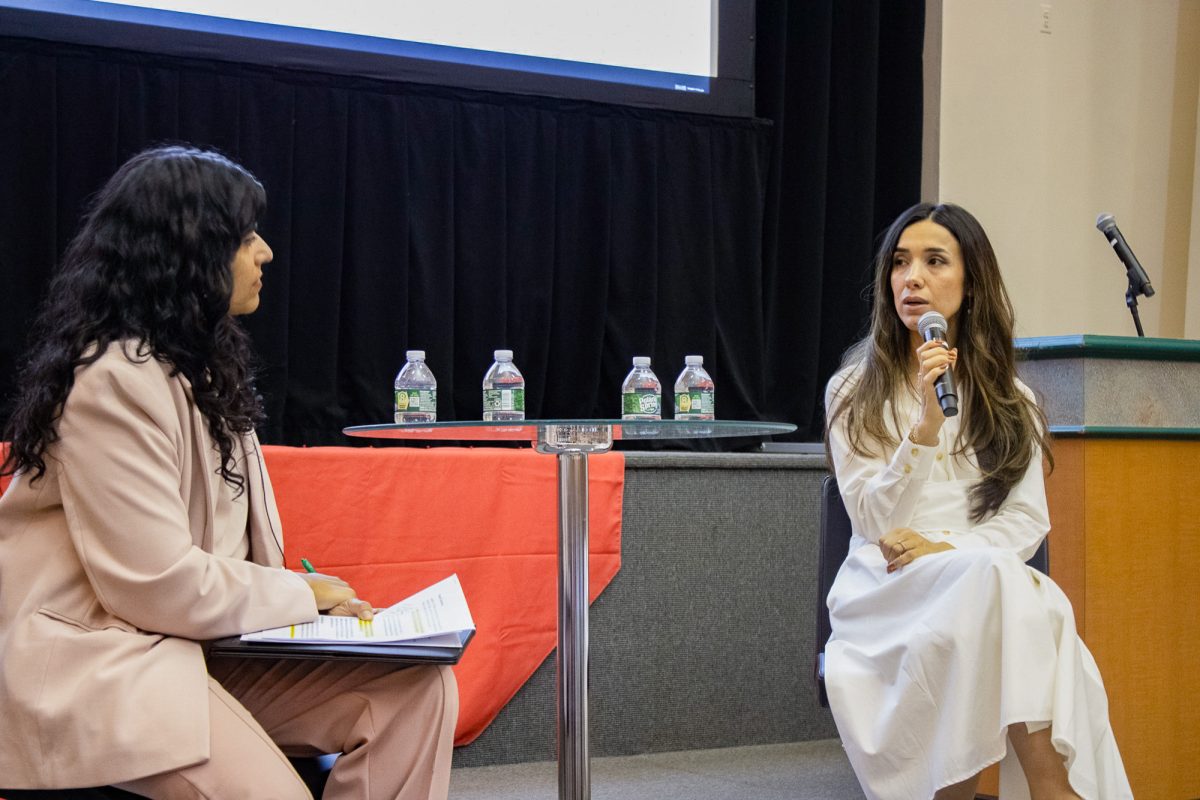
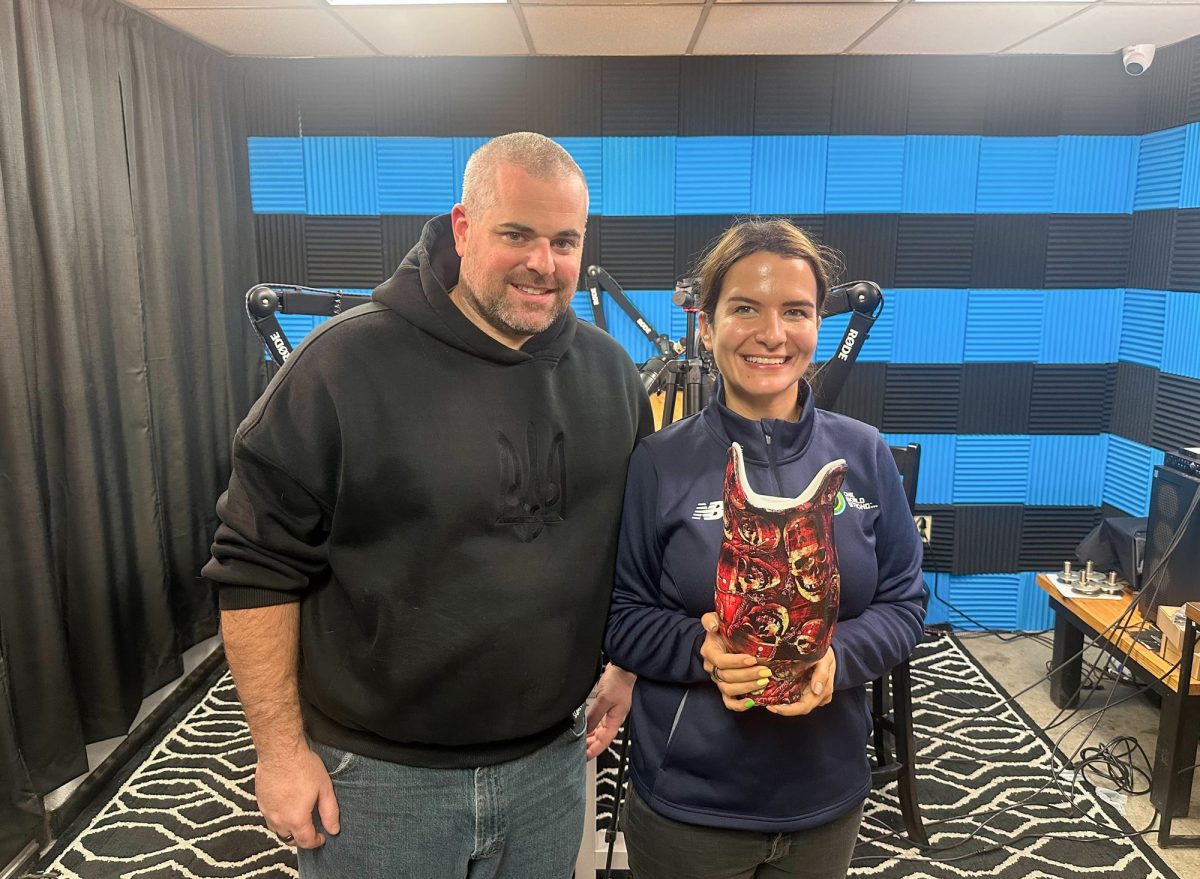




















































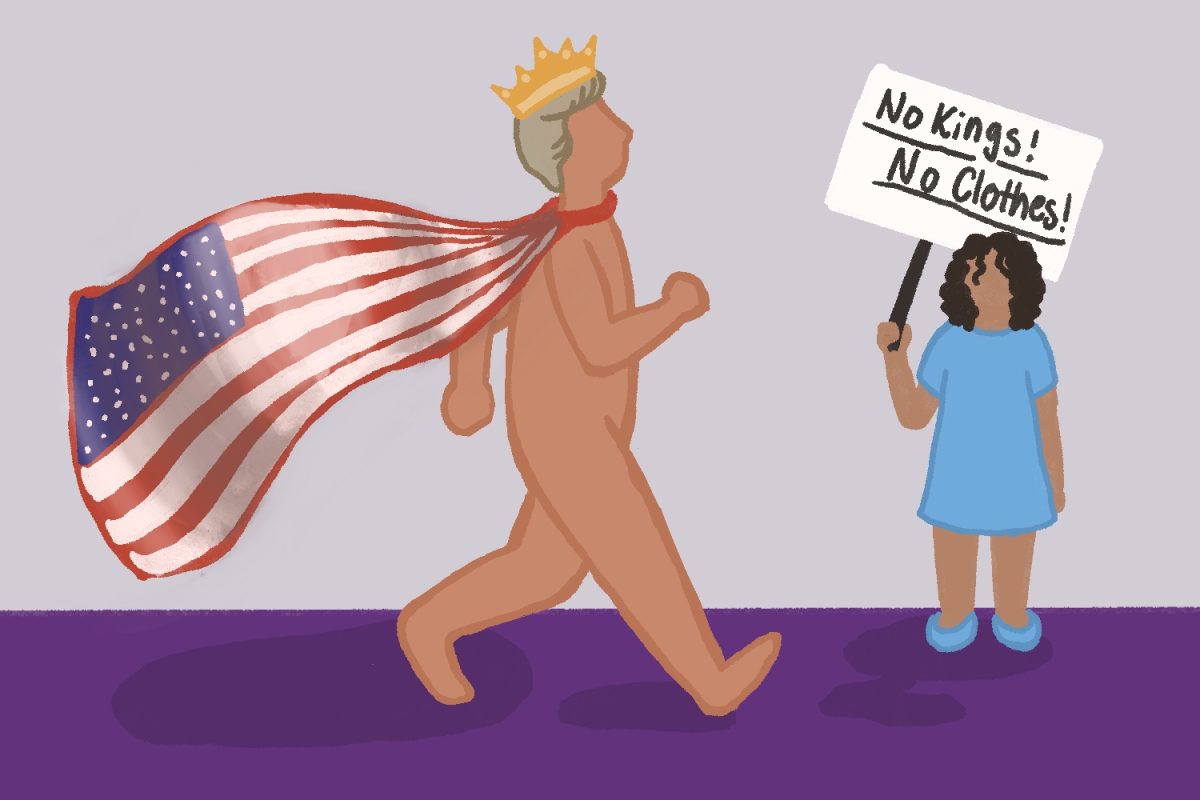
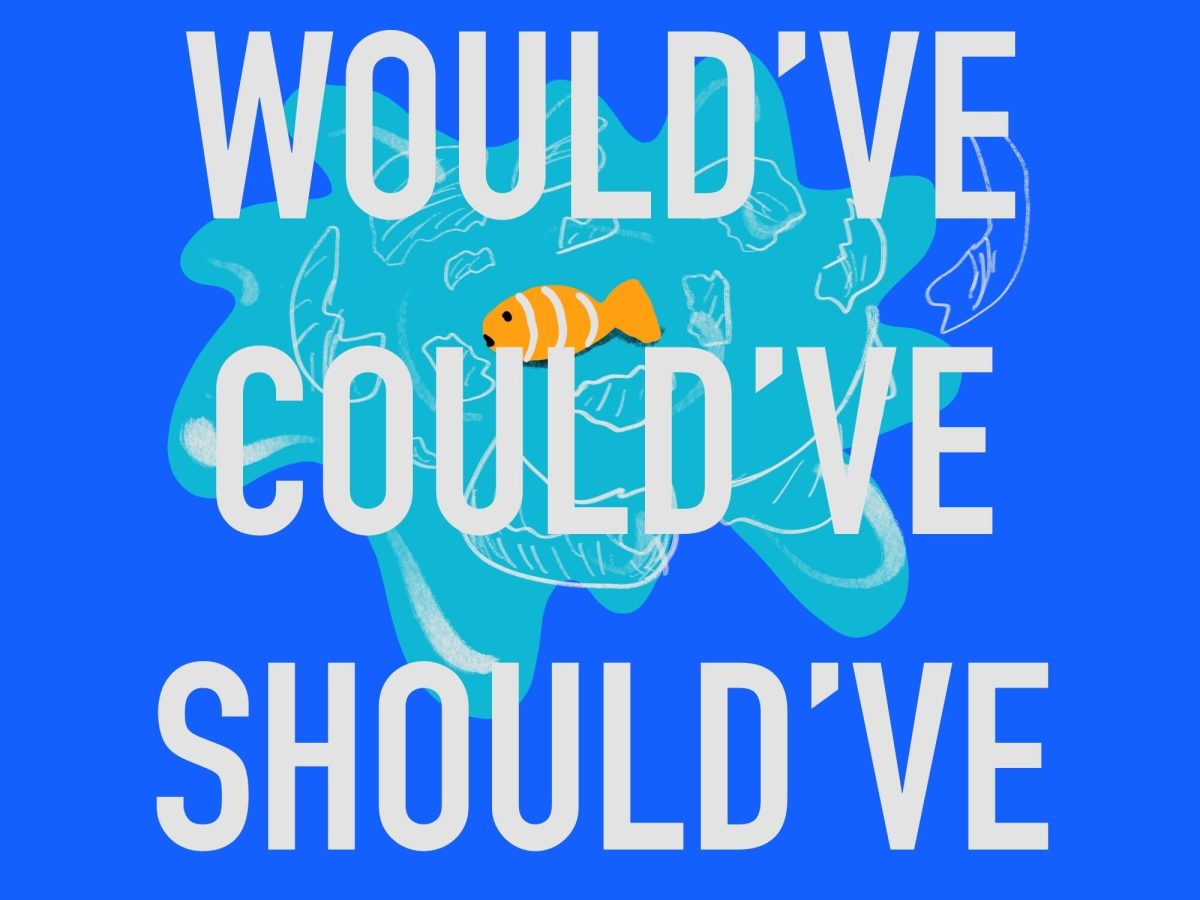






















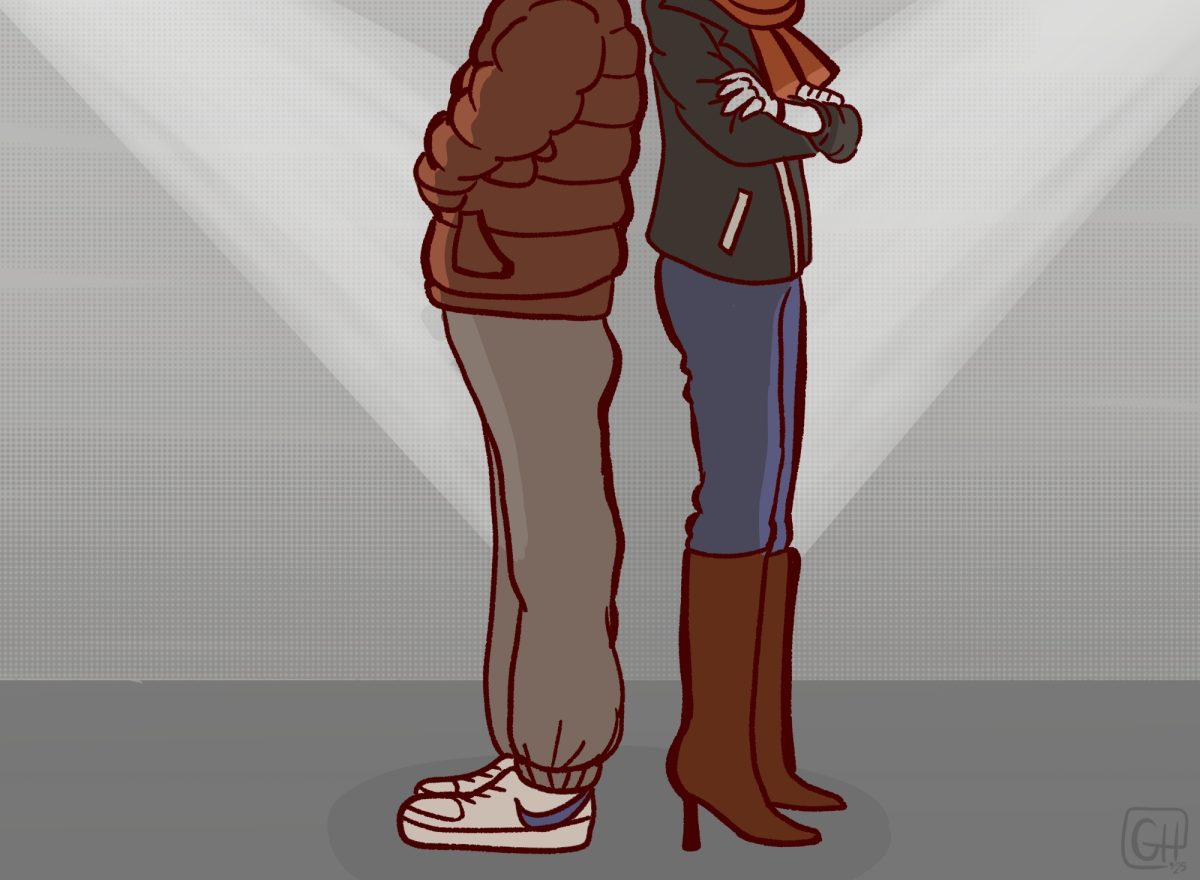
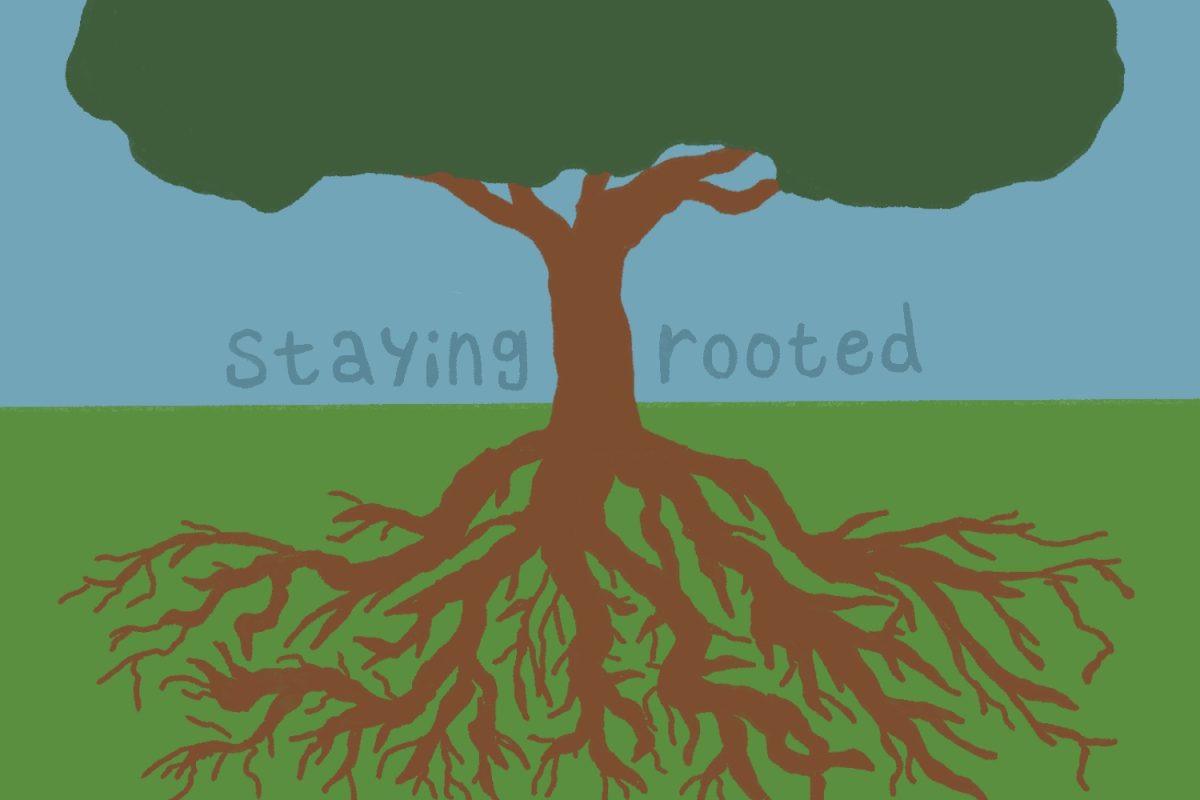
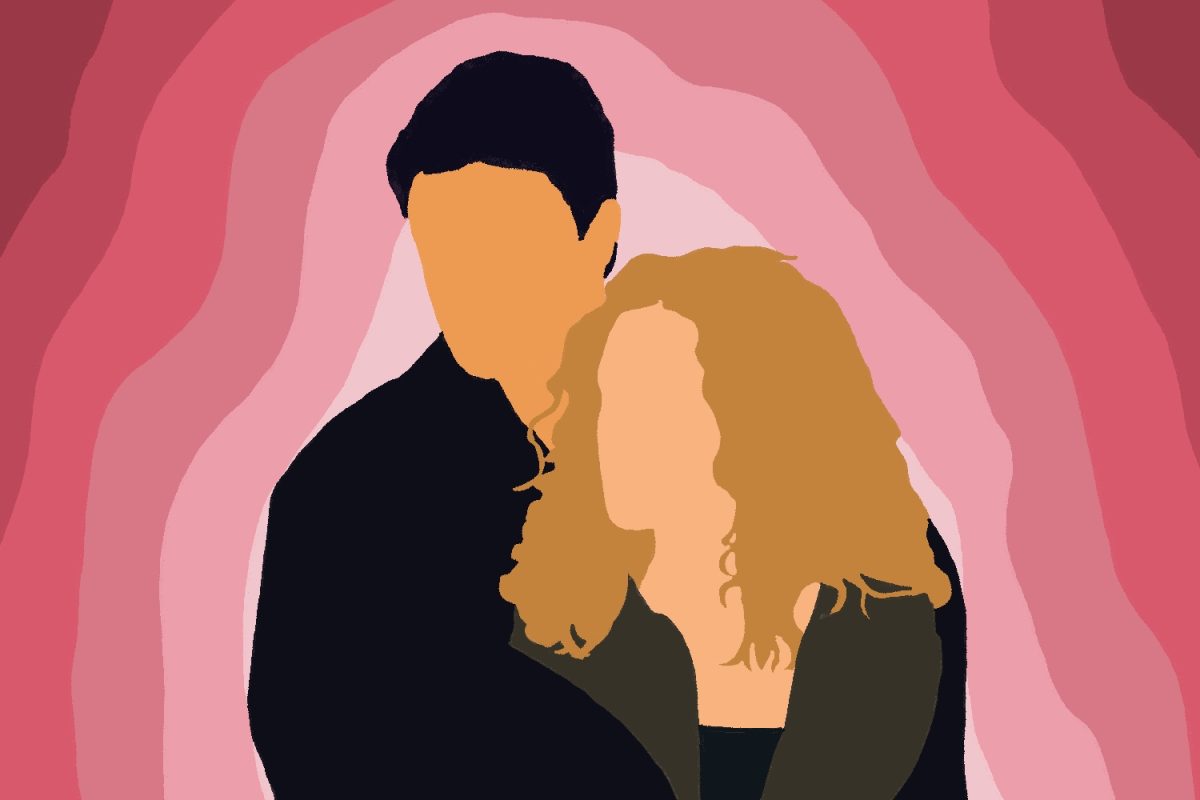




















RK • Apr 16, 2013 at 5:18 pm
Get a clue? How can you publish this story after all the clear info that has come out? Do you not understand? Here let me help you. Below is a link to the rules, which are the same for every major airline when flying on free tickets. You are welcome to wear whatever you want if you pay for the ticket. Its pretty simple. Is this site that desperate for web traffic to publish this???
http://www.afa66.org/guestpasstravelguide.pdf
RNB • Apr 16, 2013 at 7:09 am
“Dan” (above) is exactly correct. That’s the rules for employee reduced-fare passes at the airline where I work. Pass riders are requred to conform to a dress code in First Class. The employee is required to tell his buddies about the rules and they are required to follow the rules. Somebody messed up, but it wasn’t the airline.
Dan • Apr 16, 2013 at 12:39 am
You really should get your facts straight. They were flying on a buddy pass. This is not a “paid” ticket but a privilege of the employee of the airline. Employee’s and their guests are required to dress a certain way when traveling under the buddy pass. The employee knew this and more than likely the brothers knew it as well. This is something airlines are perfectly clear about with their employee’s. Do not try and turn this into something it is not. They didn’t dress appropriately and they were asked to follow the guidelines. simple as that. Case closed.